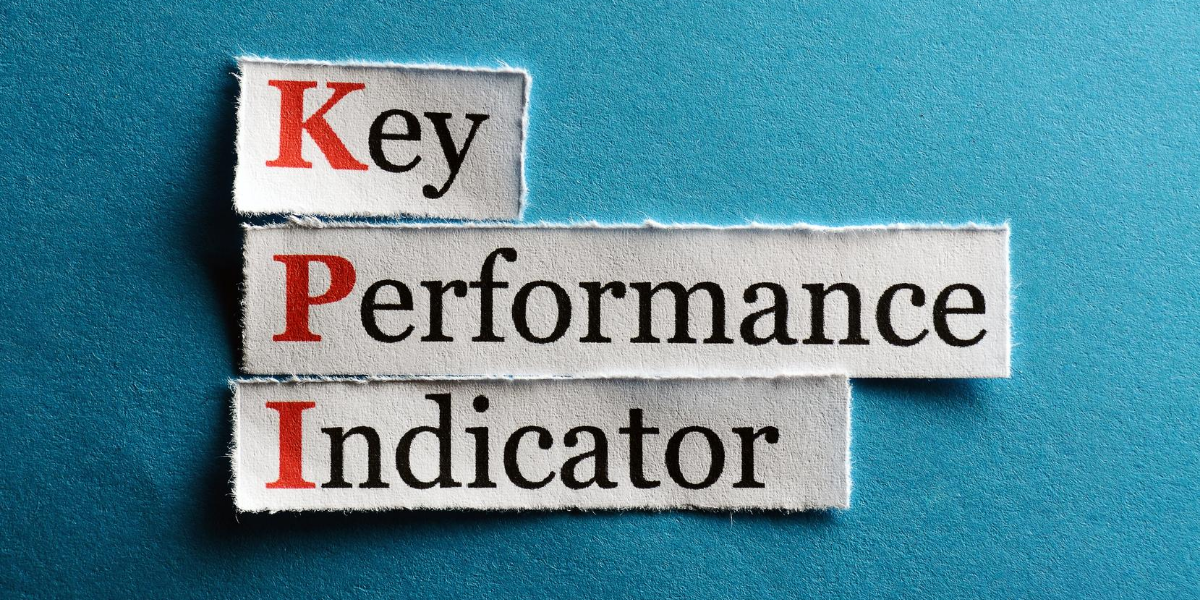If working with KPIs gives you scary flashbacks to grade 10 math class, then this 3-part educational series is for you.
CharityVillage has teamed up with Keela to bring you a crash course in understanding KPIs, helping you figure out which ones your organization should be tracking, as well as setting up your own metrics dashboard to keep your finger on the pulse of your nonprofit.
In this article, we’ll provide an introduction to the world of KPIs. If you’d like to learn more and access worksheets to help you put this into practice at your organization, click here to access the free course materials.
What is a KPI?
A KPI, which stands for Key Performance Indicator, is a measure of something you are working to improve.
There are several different categories of KPIs and an endless list of individual ones you could choose to track depending on your organization’s unique needs.
For this course, we have chosen a fundraising-focused organization whose goal is to increase the number of recurring donations and grow using an online fundraising strategy.
Here are the 8 KPIs they have chosen to focus on:
Donation Growth Rate: This is the annual overall rate of growth in donations tracks donation revenue year over year. This shows you how effective you are at growing donations annually and is an important consideration for your board of directors.
Fundraising ROI: This metric is incredibly important as it shows you if your fundraising efforts are working. You can easily check whether your fundraising efforts are bringing in the return you need by calculating how much more you brought in, then spent, on the fundraising efforts used to generate that revenue.
Average Gift Size: The average size of a gift (donation) from your donors.
Donor Growth Rate: The rate at which the number of donors you have grows per period.
Donor Retention Rate: The percentage of donors who give to your organization one year and then give again the following year. Considering the high cost of acquiring new donors, it’s important to make sure you aren’t losing anyone.
Recurring Gift Percentage: Track how many of your donors are giving repeatedly and predictably.
Online Gift Percentage: Online fundraising is way easier and cheaper than some other forms. This is an important KPI to track whether your campaigns are working.
Donor Conversion Rate: This measures the number of donors that take the first step (maybe that means visiting your donation page or attending your events) that then move on to donate.
How do you apply this at your own organization? Part 1 of this free course will help you identify which KPIs your nonprofit could be tracking, as well as how many you should focus on.
Leading and lagging indicators
The next concept we’ll go over is the idea of leading and lagging indicators.
A lagging indicator is a measurement of whether you did succeed.
A leading indicator suggests whether you are going to succeed. When watched closely, leading indicators allow you to take action today to prevent a less favorable result tomorrow.
Here’s an example:
We all know that donor engagement is a predictor of donation amounts received. The more engaged and connected a donor feels the more he will give, right? So following that assumption it would make sense that we could measure donor engagement in order to predict donation growth the following quarter.

So in this example, a leading indicator would be a measurement of donor engagement and a lagging indicator would be total donations, or donation growth rate. How you choose to measure donor engagement is up to you but we will provide you with many options and benchmark examples in the course.
Your lagging indicator should always be the impact you can make.
How you measure this quantitatively, efficiently, and reliably is your next big challenge. Measuring your impact should always be your priority and every other metric becomes a leading indicator that guides you to this end goal.
How to measure impact
Measuring real impact has always been a challenge for nonprofits and it’s usually because their mission is vague and high level.
How can you measure something you can’t clearly define?
To begin to answer this, you’ll need to read the full course and complete the learning component at the bottom of Part 1.
You will leave with a better understanding of what KPIs are important to your organization, along with a worksheet to help you develop the framework needed to start accurately measuring and tracking your success.
Stay tuned for Part 2 in this series, coming next month!
Tasi Gottschlag is the COO of Keela, a comprehensive nonprofit software platform that gives you powerful, intelligent tools to manage your donors, mobilize your volunteers, market your nonprofit, and raise more money. Tasi has an MBA from SFU and built and sold her first SAAS tech start up in 2018. A true geek she is a passionate builder of businesses, loving all the moving pieces, intricate dynamics and systems that produce the results we see. In her free time she loves to race sailboats, read inspiring business books and has two amazing daughters who ensure free time is kept to a minimum.







